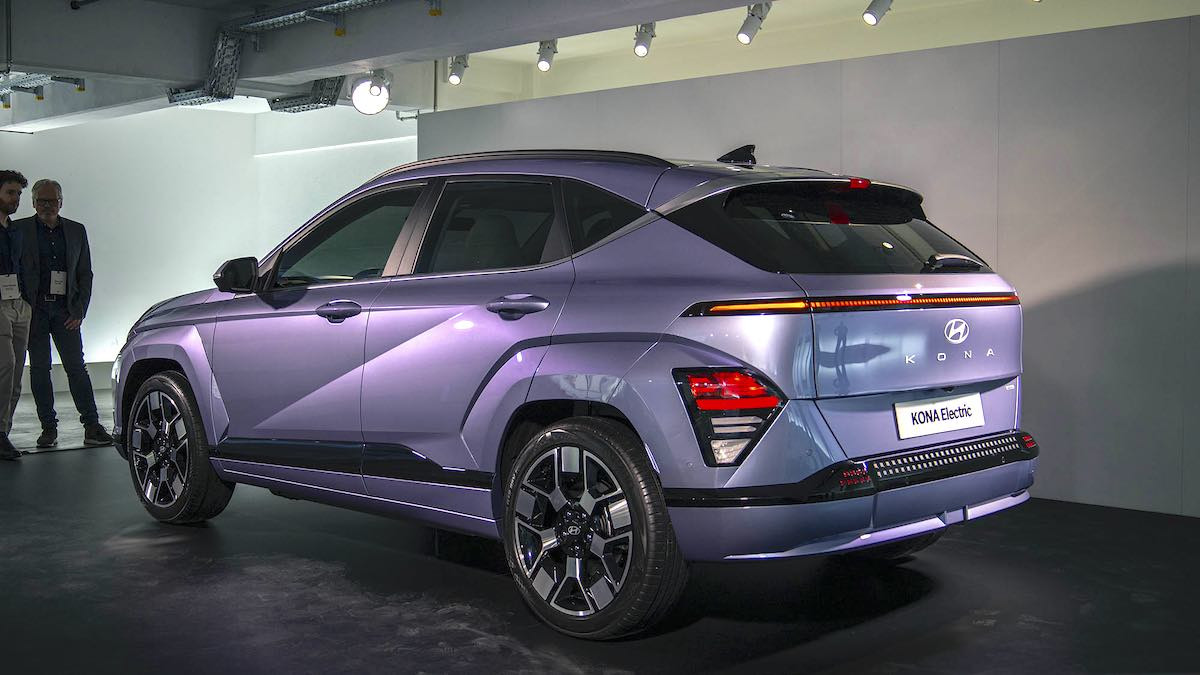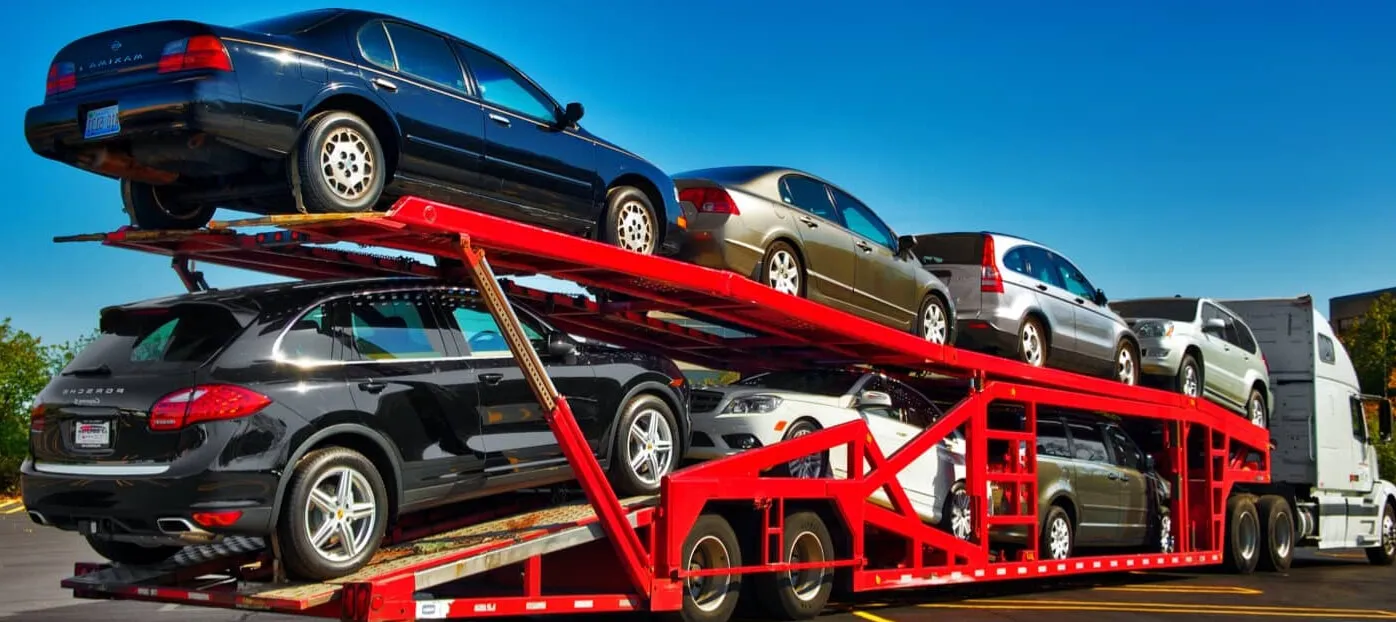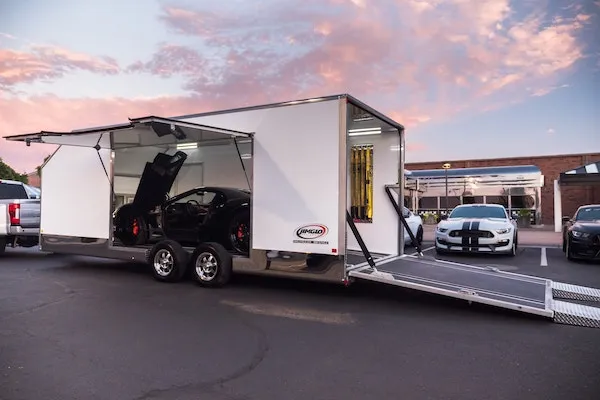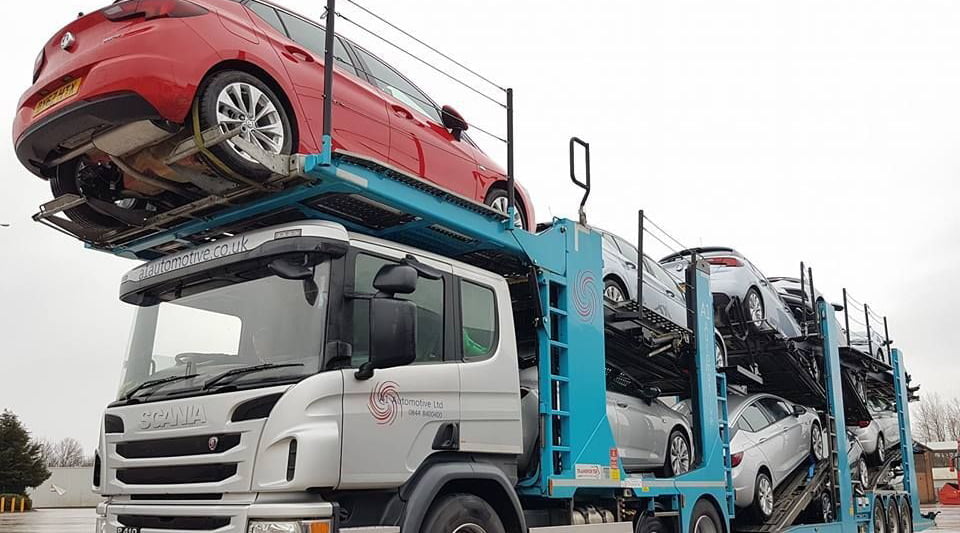The firm’s vice president of design, Sangeep Lee, claims that there were only two main complaints from owners of the previous generation Hyundai Kona. All this was due to the compact SUV’s lack of space in the rear seats and its limited load volume. You won’t be surprised to know that the latest version has fixed both of these issues.
This is not a radical change but a gradual development of a tried and true formula. The new 2024 Kona sports a wheelbase that has been extended by 2.4 inches and is 6.9 inches longer than the current model. Its interior features a new style of slimmed-down front seats that are said to offer comfort and support similar to the old car while also improving rear legroom thanks to their 30% slimmer shape. Is. We can confirm that the 2024 automobile feels remarkably roomy in the rear after sitting in the initial model. According to Hyundai, with the rear seats up, trunk space increases from 13 cubic feet to 17 cubic feet.
Interstellar New Face
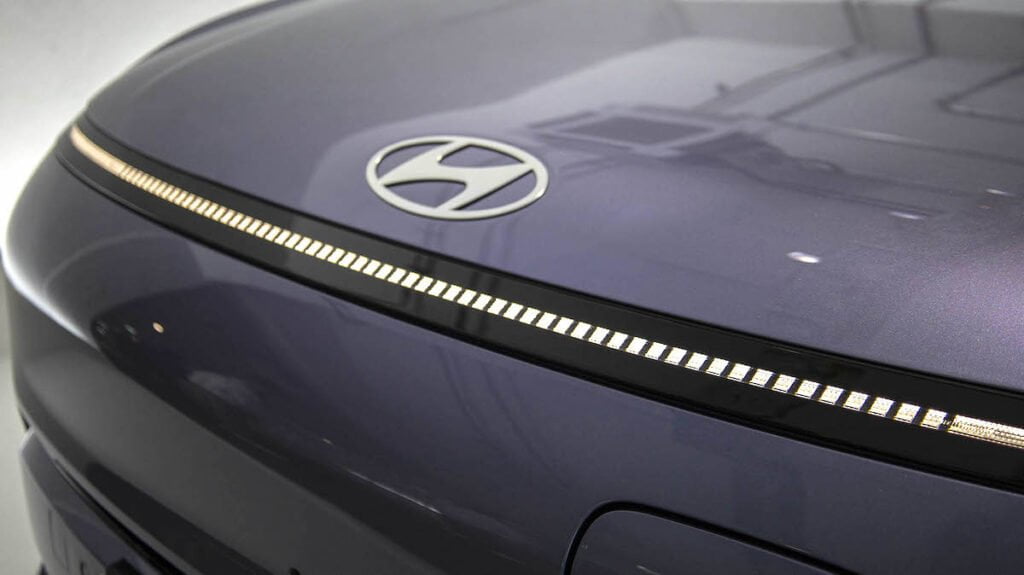
A single full-width light bar Hyundai calls “Seamless Horizon” and a matching red taillight graphic at the rear are the most noticeable design changes for the current generation. According to Sangyup Lee, this new component is the most intricately designed part of the car. The front is undoubtedly given a very futuristic look, reminding us of at least one Star Wars movie character. The original headlights are two fairly small units located on either side of the bumper, much lower.
As before, gas and electric Kona variants will be available. Other countries around the world will also get the hybrid, but we’re told there’s no chance of that version coming to the US. The Kona Electric’s body-color body cladding will be the most obvious visual difference between it and the standard combustion variant. Gas cars have gray body cladding. The range-topping Enline, which is a trim level rather than a flashy performance variant, has body-color protection, a cute (but slightly ridiculous) two-piece rear spoiler, and a large opening in its front bumper. Will also get. But, this regulation is not inflexible.
Nicer Interior

The interior of the new automobile looks much nicer than the one it replaces. The new Kona has two 12.3-inch display panels, with a central touchscreen controlling the infotainment and one displaying the instruments in front of the driver. Yet, Hyundai hasn’t just followed the herd in digital control architecture, with the Kona retaining both a row of function shortcut buttons and traditional climate controls below them. From what we’re told, the business won’t be replacing traditional buttons in any of its upcoming models, which is good news in our book. The Kona Electric also has a flat cabin floor, although combustion models still have a narrow tunnel.
While we don’t have US specifications yet, we expect the more expensive versions to come with a lot more optional technology. The European-spec cars we saw had power front seats with a 360-degree video system with both heating and ventilation. Hyundai also plans to secure and unlock it through the NFC near Field Communication feature on smartphones and smart watches. All versions will support over-the-air software updates. All Kona models come with a small gearshift selector on the side of the steering column, as well as steering wheel paddles to select gears in combustion models and varying levels of regeneration for the EV.
Compared to its gasoline siblings, Hyundai was more enthusiastic about the new Kona EV. That’s because the combustion models, which will have an option between a base 2.0-liter engine and a more powerful turbocharged 1.6-liter engine above, will be essentially identical to the outgoing version. We won’t have final performance numbers until closer to the car’s official introduction at the New York Auto Show in April, but both front-drive and all-wheel drive will still be available.
Specifics for Kona EV
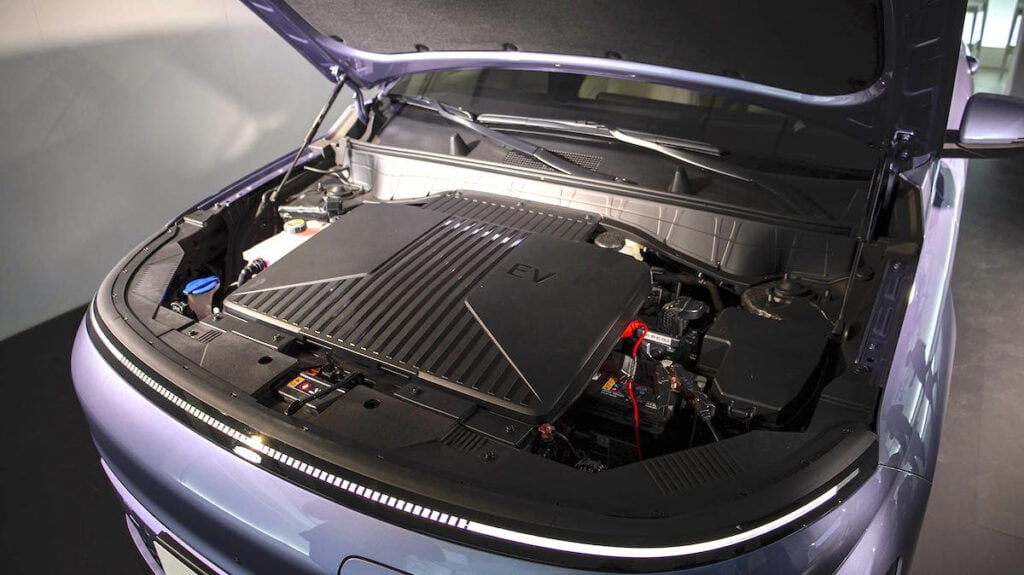
But, we have additional data for Kona Electric. Hyundai plans to sell the EV in two separate versions in some regions, but we should expect the more powerful model to arrive in the U.S. with only a 65.4 kWh battery pack and a single front motor producing 214 horsepower.
The current vehicle has a slightly smaller battery and is rated at 258 miles on EPA tests. Hyundai is aiming for a WLTP range of over 305 miles in Europe, which would likely translate to an EPA rating of around 260 miles. While it won’t recharge as quickly as the Ioniq 5’s ultra-fast 800-volt architecture, Hyundai claims the electric will be able to charge from 10 percent to 80 percent in 41 minutes at top speed. That’s about half the rate that the Ioniq 5 or Kia EV6 can charge, or an average rate of about 75 kW from a DC charger. Kona Electric will also be capable of “vehicle-to-load” charging, effectively turning it into a large-scale power supply.
While there are now no plans to directly replace the Kona N, Hyundai has admitted that it could develop a more powerful EV model with a second rear-motor all-wheel drive. The company’s engineers admit that the car seems to be a good candidate for N branding. Hopefully it does when the idea of a 430-hp Kona is interesting.
Pricing information for the new Kona will be released after the launch in the third quarter of this year.

